These Old-Fashioned Carrot Cakes are adapted from a 1940s wartime British Ministry of Food recipe, and like many bakes of that time - are egg-free and dairy-free so naturally vegan. Yet each bite is light, moist and packed with juicy plump sultanas, crunchy walnuts, warm cinnamon, and sweet carroty flavours. This carrot cake recipe is ideal for spring and summer picnics, parties, pack lunches, and cake sales, but are especially great for an Easter afternoon tea.

Decorate these cute vegan carrot cakes with a delicious and easy orange buttercream, a sprinkle of fresh orange zest, and top with a crunchy walnut. The perfect Easter treat and also wonderful for picnics.
Jump to:
Origin of carrot cakes
Using carrots to sweeten food can be traced back to late medieval times when carrots along with parsnips were often used to provide extra sweetness to recipes. Using sweet vegetables was more common as sugar was rare and very expensive so it wouldn't have been available to the poorer folk and the richer classes used it as a spice and often kept it locked up! Medieval carrots were more likely to be purple, white, or yellow in colour, and much smaller and thinner compared to today's larger orange carrots.
Carrot cake is thought to have originated in Britain during the 1800s Victorian times when steamed carrot puddings became very popular. By the 1940s, carrot cake became very popular as it was promoted by the Ministry of Food. Carrots were a valuable ingredient as they provided a frugal way to provide bakes with a natural sweetness which meant that the amount of sugar required in a recipe could be reduced. At the same time, home-baking recipes that used margarine or oil rather than butter, and omitted eggs were also becoming more common-place and vital.
During the 1960s, carrot cake became very popular in the United States, where it was often served with a cream cheese frosting. Americans have a National Carrot Cake Day which is marked each year on the 3rd February. Another special day and a good excuse to enjoy carrot cake is International Carrot Day which is held on the 4th April.
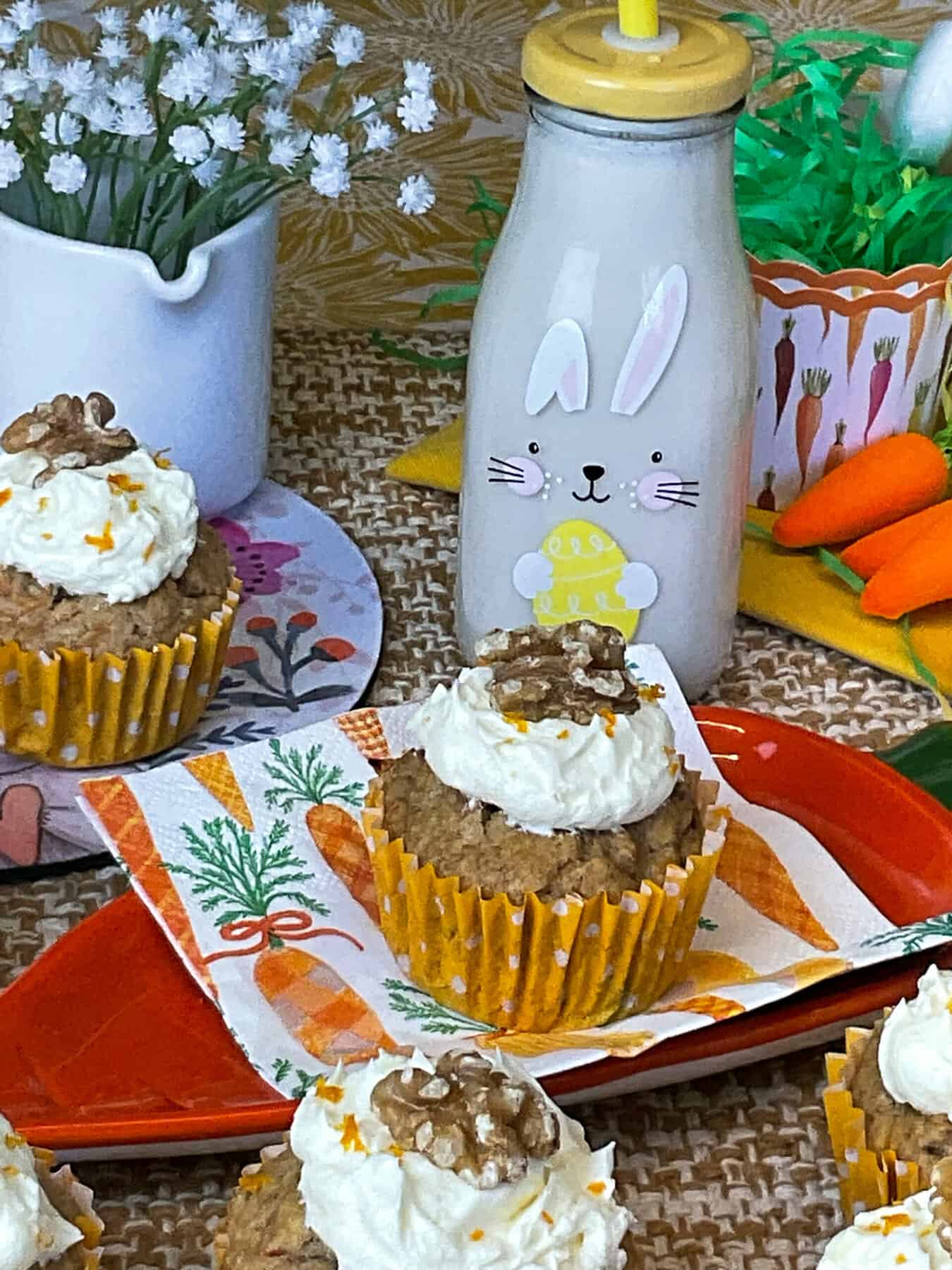
You don't have to be vegan to enjoy these 1940s carrot cupcakes. Egg-free baking is easy, budget-friendly, and really does result in delicious bakes. Best of all you will only need every-day ingredients.
Wartime carrot cake
This delicious carrot cake recipe dates back to the 1940s when it was originally supplied by the British Ministry of Food during wartime. We've adapted the recipe by adding more cinnamon, more sultanas, more carrot, and a little more milk for extra moisture. To boost the flavour, we've also included some vanilla extract and a pinch of salt.
The original recipe didn't include frosting, but we found that an orange buttercream icing perfectly complements the moist and fluffy texture of the cupcakes. To keep the recipe budget-friendly, we substituted cream cheese with Stork baking spread, which really does result in a frosting that is creamy and delicious.
To finish, we grate some fresh orange zest on top of the frosting for a burst of citrus flavour, and a crunchy walnut for extra texture.
British Ministry of Food
The British Ministry of Food was a government department that was created during World War II in the United Kingdom to oversee food rationing and ensure the fair distribution of food to the population.
The Ministry was established in 1939, shortly before the outbreak of war, and was responsible for a range of tasks related to food supply, including the procurement and distribution of food, the establishment of rationing systems, the promotion of food production and preservation, and the management of food imports and exports.
The Ministry of Food played a vital role in ensuring that the British population had access to adequate food supplies during the war, despite the significant challenges felt by families during the wartime shortages and disruptions to supply chains.
During the war Britain experienced a shortage of eggs which led the government to introduce rationing of eggs limiting individuals to one egg per week. As a result many traditional favourite recipes were adapted to not require eggs - including carrot cake!
Vinegar and baking powder as egg replacers
During the war years one popular egg replacement was the combination of vinegar and baking powder. During baking vinegar reacts with the baking powder to produce carbon dioxide gas bubbles that cause the cake to rise beautifully with a fluffy and light texture. And best of all the baked cake does not taste of vinegar!

Doctor Carrot!
Doctor Carrot was a fictional character created by the British Ministry of Food during World War II to encourage people to eat more vegetables, especially carrots. The character was portrayed as a cartoon doctor wearing a white coat and stethoscope, with a carrot for a head. He was often depicted promoting the health benefits of carrots, and encouraging people to incorporate them into their diets.
The Ministry of Food used various advertising campaigns to promote eating more vegetables, including posters featuring Doctor Carrot, and recipes that included carrots as a main ingredient. The campaign was very successful, and carrots became one of the most widely consumed vegetables in the UK during the war years.
The idea behind Doctor Carrot was to make healthy eating more fun and accessible, especially during a time when food was rationed and scarce. By creating a playful character that people could relate to, the Ministry of Food hoped to inspire people to try new and unusual foods, and to discover the health benefits of eating vegetables.
Today, Doctor Carrot remains a fond, if not forgotten, symbol of the wartime effort to promote healthy eating and to encourage people to make the most of limited food resources.

Vegetable wars!
Carrots are normally quite budget-friendly in the UK, but they are especially so around Easter time when supermarkets strive with rival supermarkets in their 'Easter Veg Wars' to offer the cheapest prices on vegetables. This year (2024) a bag of carrots are selling for 15p at many supermarkets! So why not take advantage of the glut of cheap carrots and make a batch of homemade carrot cakes?
More carrot recipes:
If you have an excess of carrots that need using up then here are a few tasty, budget-friendly, meat-free, dairy-free, and egg-free recipes to get you going - Our Old-Fashioned Christmas Pudding is not just for the festive season as its toffee flavours are ideal for a warming comfort-food pudding at any time of the year. And our Vegan Carrot Hotdogs surprisingly taste like soft hotdogs! Rather than carrots!
This Orcadian Oatmeal Soup uses grated carrots which does produce the best interesting textures for a soup, and for classic flavours this Carrot and Cumin Soup makes a delicious lunch or starter.

Our wee carrot cakes are perfect for spring or Easter picnics, parties, afternoon teas, pack lunches, buffets, and cake sales. Paired with a nice cup of tea they are great for a well-earned morning break.
How to prepare
Preparing these vegan carrot cakes is super simple and quick. The buttercream frosting is fuss-free, as it's an all-in-one method that only requires a short few minutes of blasting with an electric hand whisk. Of course, the frosting can be done by hand with a mixing spoon although this will take more effort.
As we are a plant-based family we used dairy-free milk and Stork baking spread for these carrot cakes but of course you can use your usual milk and type of baking fat.
The ingredients you will need for these cupcakes are - plain flour [all-purpose flour], baking powder, salt, brown sugar, margarine, carrots, sultanas [or raisins], walnuts, vanilla, cinnamon powder, white vinegar, and milk.
For the orange buttercream frosting you will need - fresh orange juice, orange zest, margarine, icing sugar [powdered sugar], and a walnut or walnut halves to top each cupcake.

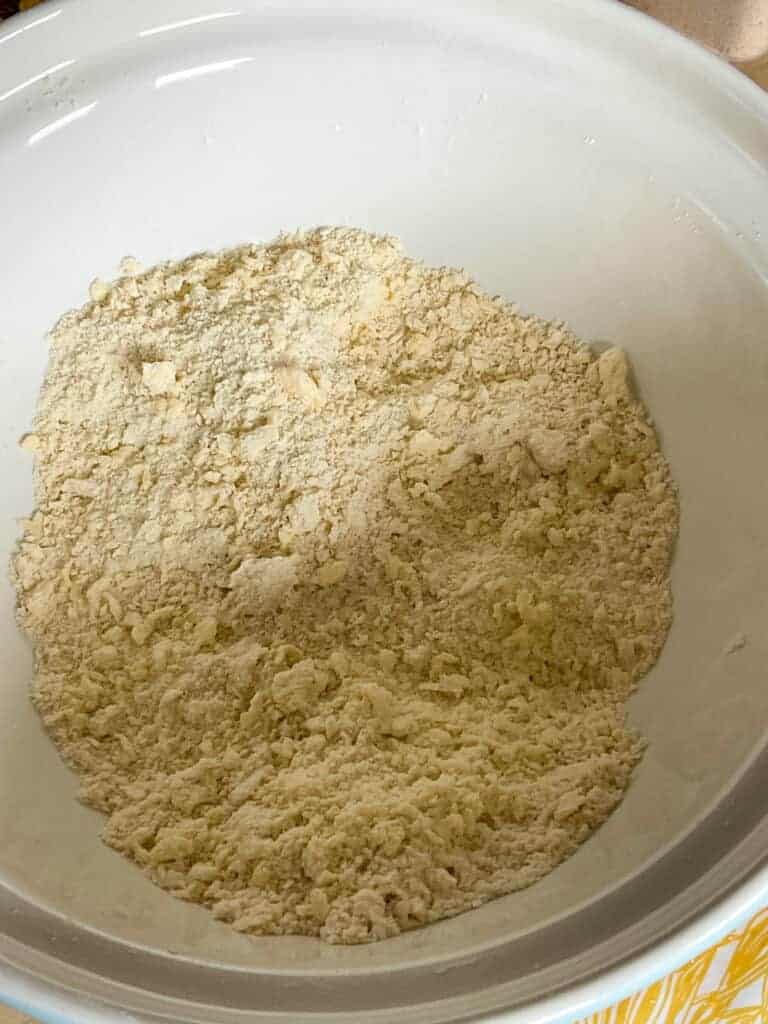
Prepare carrot cakes:
Step 1: First, sieve the flour and baking powder into a mixing bowl, stir through the salt.
Step 2: Next add the margarine.
Step 3: Using your fingertips, rub the margarine into the flour until it resembles breadcrumbs. [If you're in the US, this is known as the cutting in method and can also be done with two tableware knives, if preferred.]
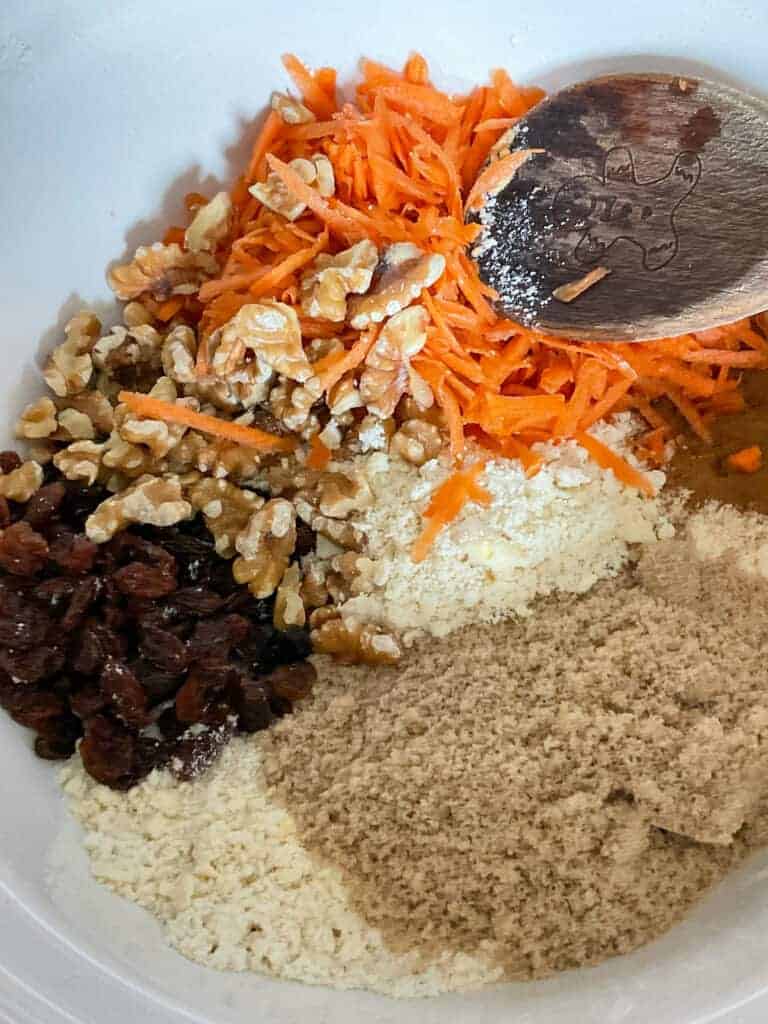
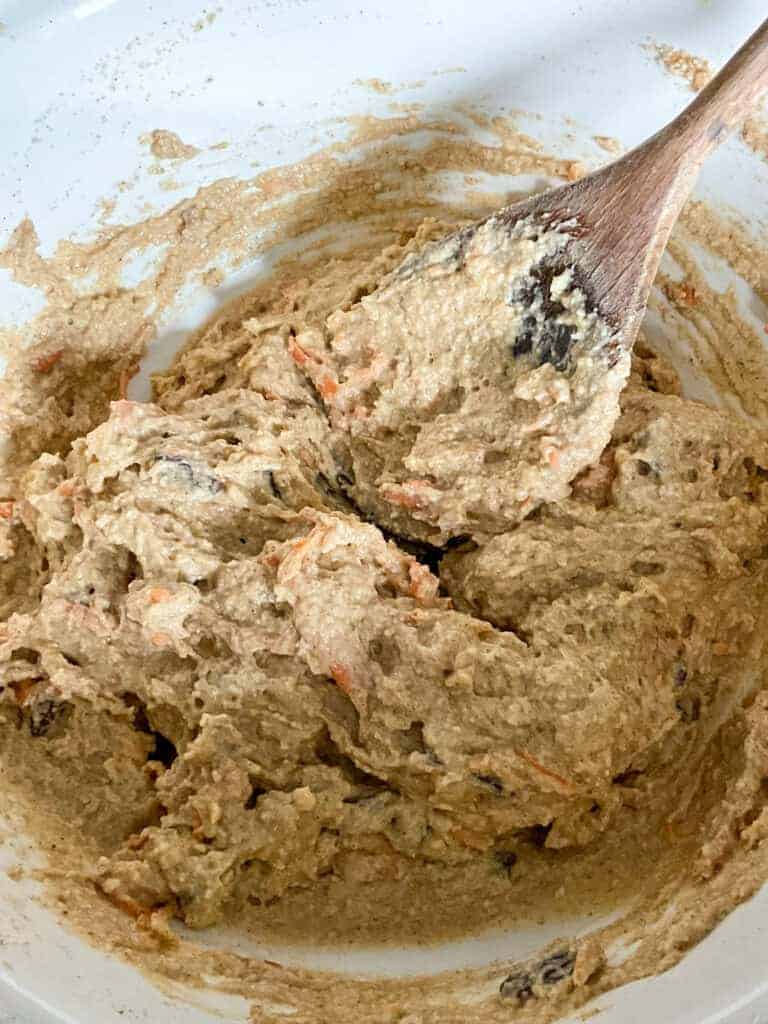
Step 4: Next, add the grated carrot, sultanas, broken walnuts, brown sugar, and cinnamon powder to the mixing bowl. Stir well.
Step 5: In a separate small bowl, mix the milk, white vinegar, and vanilla together. Pour the liquid into the mixing bowl and stir everything together.


Step 6: Divide the cake mixture between 12 cupcake cases.
Step 7: Bake for 20-25 minutes until risen, firm to the touch and a skewer popped in the middle of the cake comes out clean.
Prepare buttercream frosting:


Step 1: To prepare the buttercream frosting, first add the margarine, powdered [icing] sugar, and orange juice to a bowl.
Step 2: Next, use an electric hand whisk and mix for 1-2 minutes. Or whisk with a mixing spoon until thick, airy and creamy.

Step 3: Add a dollop of orange buttercream frosting to each cupcake, sprinkle with orange zest if liked, and finish with a walnut.
Recipe notes
Storing
Carrot cake can be stored in a covered container somewhere cool and dry for up to 2 days. However, if you want to store the cupcakes for a longer period, you can refrigerate them for about 4 days. Unfrosted carrot cakes can be frozen for up to 3 months. Thaw the cakes at room temperature before adding the frosting.
FAQ'S
Yes, you can switch out the walnuts for a different type of nut such as pecans, brazils, cashews, hazelnuts, or a mixture of nuts.
If you have a nut allergy, or just not that keen on nuts, or maybe you just don't have any to hand, then simply omit the nuts. The nuts do add a nice texture and flavour to the cakes so if seeds are fine for your dietary needs, then adding some sunflower or pumpkin seeds is a great alternative.
Yes, the sultanas can be replaced with dried raisins, currants, cranberries, blueberries, or goji berries.
Yes, as we are a plant-based family we use dairy-free milk, especially oat, almond, or soya milk for baking, but of course feel free to use any milk that you prefer.
The buttercream frosting calls for orange juice and an optional garnish of orange zest but you can switch the orange out and use lemon, lime, or even grapefruit instead.
More dairy and egg-free Easter recipes
You don't need dairy or eggs to prepare delicious home-made Easter treats. These recipes are our family favourites that we love heaving throughout the year but especially over the Easter holidays - Our Chocolate Cornflake Cakes are always welcomed as they are crunchy, chocolatey, and so easy to prepare. We also love these Chocolate Rice Crispy Cakes and for a nice change these Peanut Butter Cornflake Cakes.
And if you enjoyed out old-fashioned carrot cake recipe that originates from 1940s British wartime then you'll also love these Egg-Free Chocolate Buns which are also adapted from an old 1940s recipe and are perfect for a special Easter afternoon tea - top each bun with a mini egg.
***please note: for US measurements click the 'US customary button' within the recipe and the measurements will switch to tablespoons, cups, and ounces***
📖 Recipe
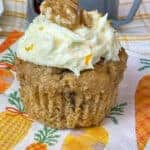
Old-Fashioned Carrot Cakes
Equipment
- sieve
- cupcake or fairy cake cases
- cupcake/muffin baking tray [to fit 12 cupcake cases]
- cooling rack
- eclectic hand whisk optional as can whisk frosting with mixing spoon
- citrus zester
Ingredients
Cakes:
- 225 grams plain flour [all-purpose flour]
- 2 teaspoons baking powder
- ⅛ teaspoon salt
- 115 grams soft brown sugar [light brown sugar]
- 115 grams margarine [we used Stork baking spread]
- 2 teaspoons cinnamon powder
- 90 grams carrots [grated]
- 60 grams sultanas [or raisins]
- 50 grams walnuts [broken up]
- 1 ½ tablespoons white vinegar [distilled/ordinary white vinegar]
- 1 teaspoon vanilla extract
- 7 tablespoons milk [we used oat milk but you can use your usual milk - the tablespoon measurements are 1 tablespoon = 15 millilitres]
Frosting:
- 85 grams margarine [we used Stork baking spread]
- 225 grams icing sugar [powdered sugar]
- 2 tablespoons fresh orange juice
Optional garnish:
- zest of 1 medium orange for sprinkling over finished cupcakes
- walnuts
Instructions
- Preheat the oven to 160 Fan / 180C / 356 Fahrenheit / Gas 4.
- Sift the flour and baking powder into a mixing bowl.225 grams plain flour, 2 teaspoons baking powder
- Add the salt and stir everything together.⅛ teaspoon salt
- Add the margarine and using your fingertips rub the margarine into the flour mixture until it resembles breadcrumbs. [If your in the US this technique is known as the cutting in method and can be done with two tableware [cutlery] knifes if preferred.]115 grams margarine
- Next add the grated carrot, brown sugar, cinnamon powder, walnuts, and sultanas. Give it all a good mix.115 grams soft brown sugar, 2 teaspoons cinnamon powder, 90 grams carrots, 60 grams sultanas, 50 grams walnuts
- In a separate small cup or jug stir together the milk, vinegar and vanilla.1 ½ tablespoons white vinegar, 7 tablespoons milk, 1 teaspoon vanilla extract
- Stir the liquid into the cake mixture until all combined.
- Divide the cake mix between 12 cupcake cases in a cupcake baking tray.Level out the tops of the cakes, but only just a little so that they are not too uneven.
- Bake for 20-25 minutes [on the middle oven shelf] until the cakes have risen, feel firm and a skewer popped in the middle of the cake comes out clean. [we used an electric oven [180C] for these cakes and they were baked after 23 minutes but different ovens will result in different baking times. Fan ovens tend to bake faster so perhaps check your cakes at the 20 minutes mark.]
- After a few minutes cooling remove the cupcakes from the cupcake tray and place on to a cooling rack to cool completely.
Frosting:
- Sift the icing sugar into a bowl.225 grams icing sugar
- Break the margarine into chunks and add to the bowl along with the orange juice.85 grams margarine, 2 tablespoons fresh orange juice
- Mix with an electric hand whisk for 1-2 minutes, or whisk with a mixing spoon until creamy, airy and thick.
Decorate:
- Add a dollop of frosting to each cupcake. Sprinkle orange zest over and finish with a walnut.zest of 1 medium orange, walnuts
Notes
- Nutritional data is provided for guidance only, and it's not a strict calculation as ingredients may vary.
- Stork baking margarine was used for both the carrot cupcakes and the buttercream frosting.
- This buttercream frosting is a great alternative to cream cheese frosting, as it has a similar taste.
- Any leftover frosting can be stored in a covered container in the refrigerator for up to 5 days.
- For optimal freshness, store carrot cupcakes in an airtight container at room temperature for up to 2 days, or wrapped in the refrigerator for up to 4 days.
- These carrot cakes are the freshest on days 1 and 2.
- For extra freshness, wrap the cakes in parchment/greaseproof paper, kitchen foil, or food wrap.
- Unfrosted carrot cakes can be frozen for up to 3 months.
- Instead of walnuts, you can use your preferred nuts. Chopped mixed nuts are often less expensive and work well in carrot cake.
- If preferred, sultanas can be replaced with raisins, currants, or other small dried fruits such as cranberries, goji berries, or blueberries.
Nutrition
Comments
Prepared our Old-Fashioned Carrot Cakes recipe? We would really love to know how you got on with the recipe so it would be wonderful if you could drop us a comment below and click the star ratings. All feedback is very much appreciated and it helps us to know which recipes you love. All the best, Jacq x


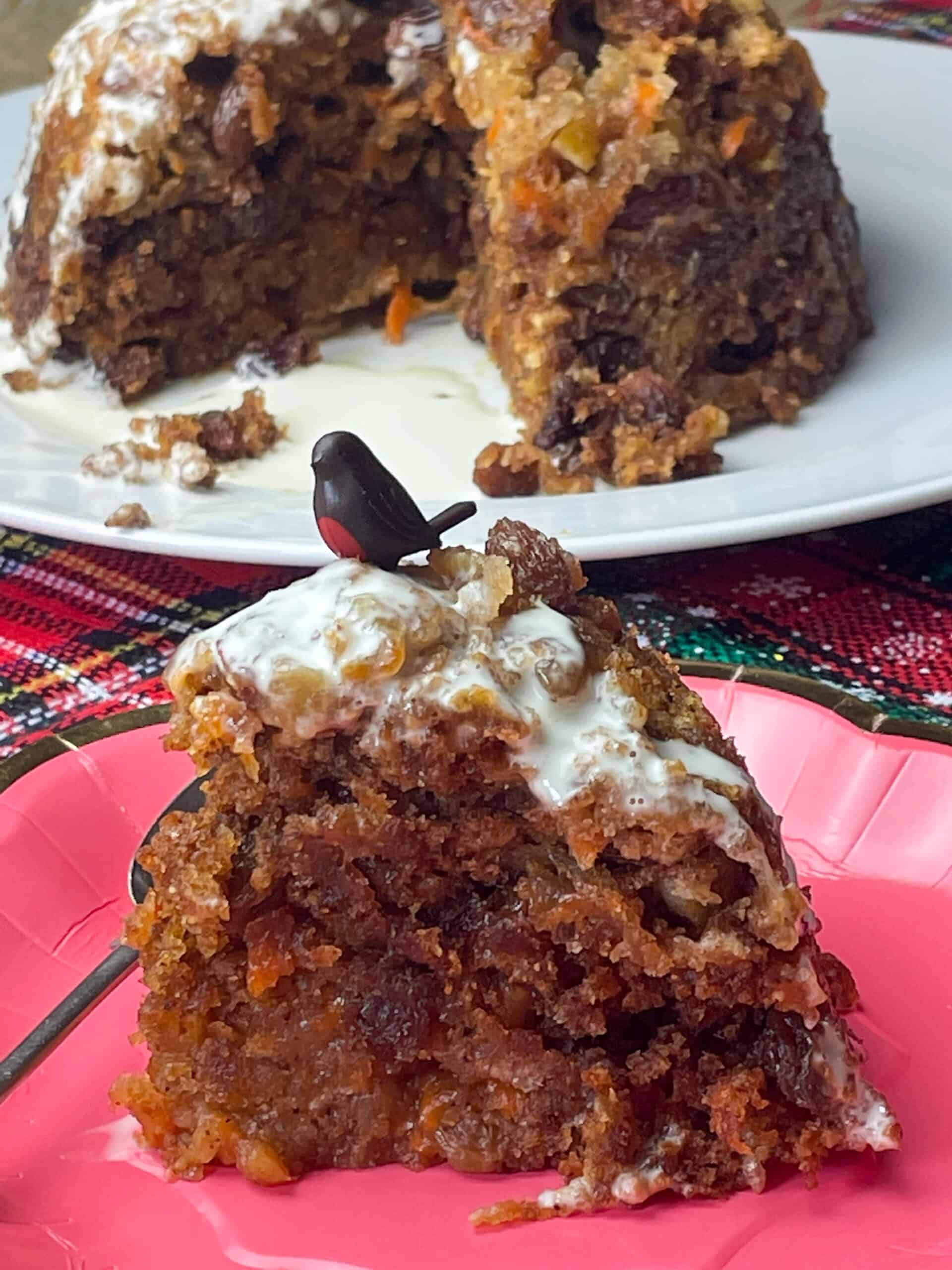
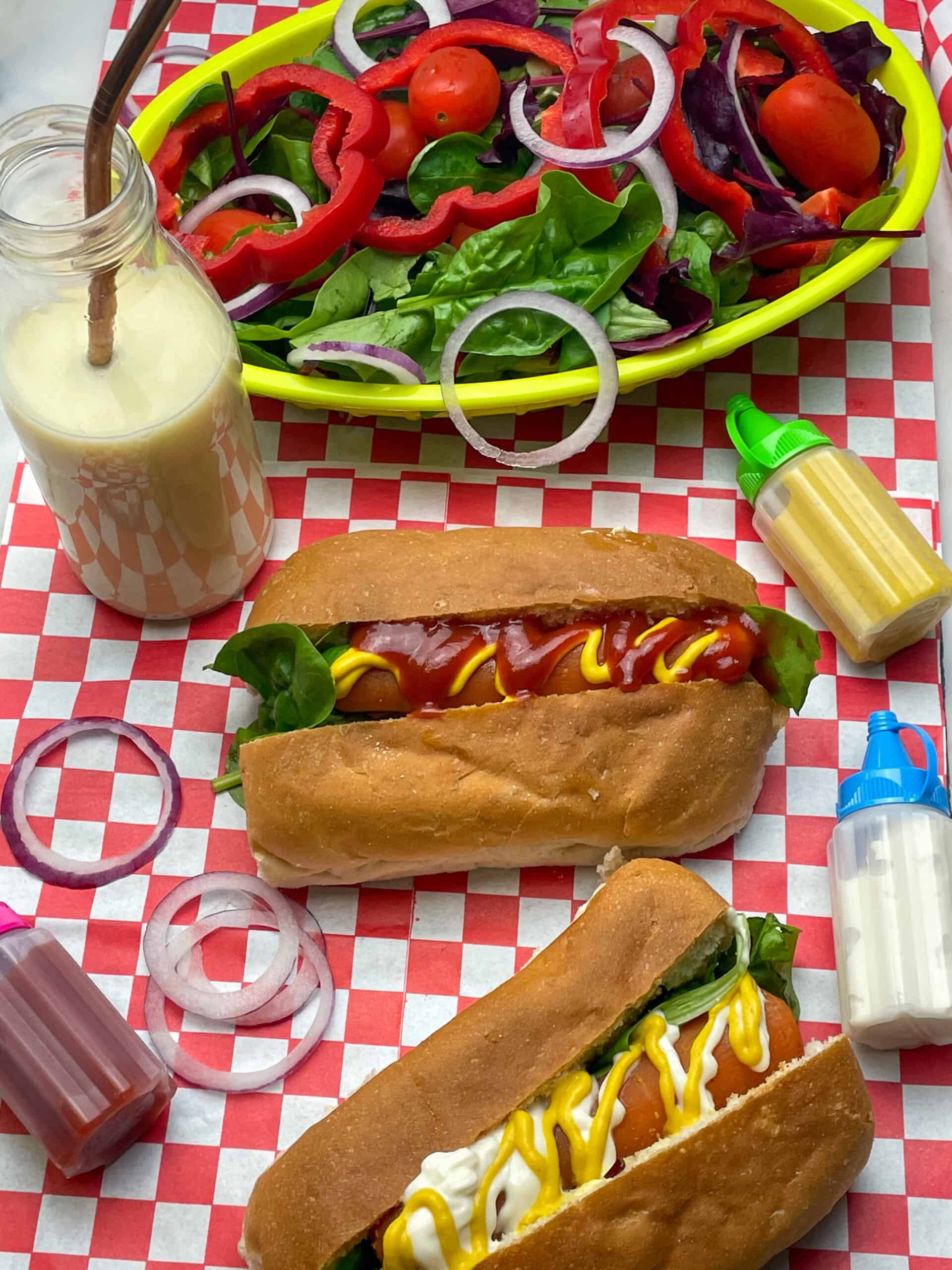
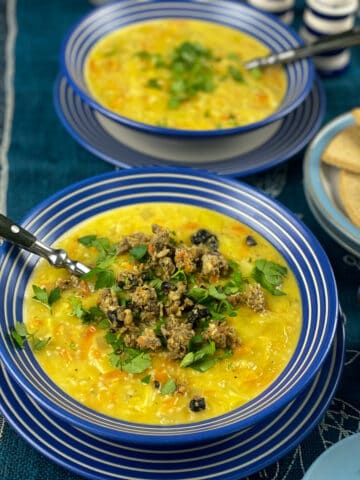
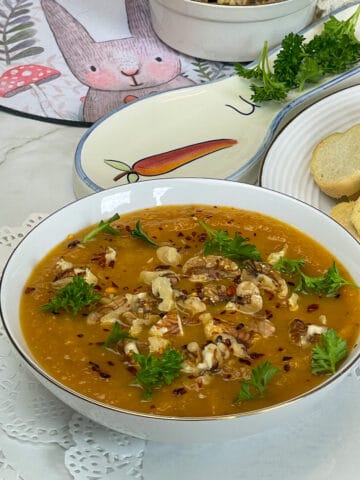
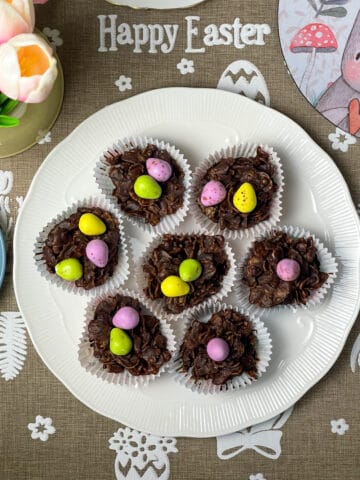
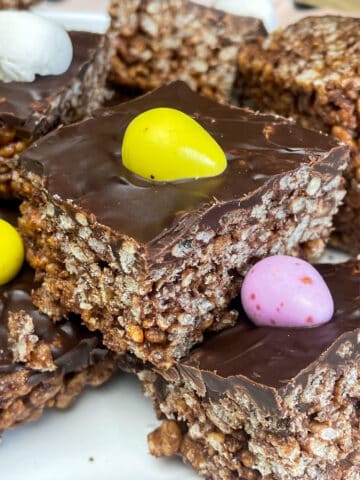
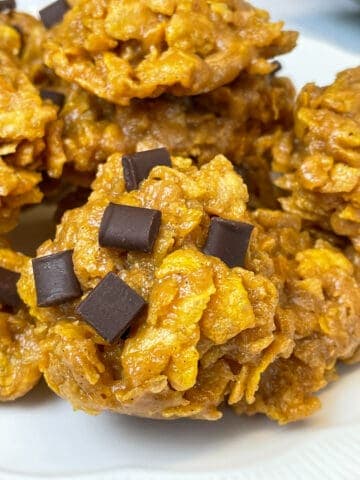
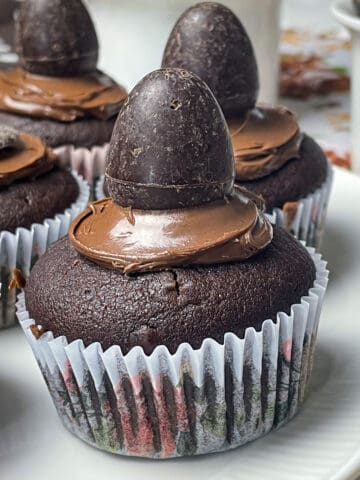
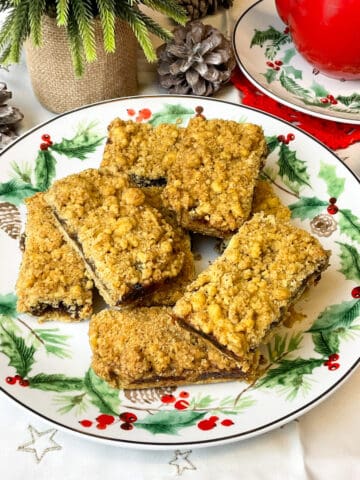
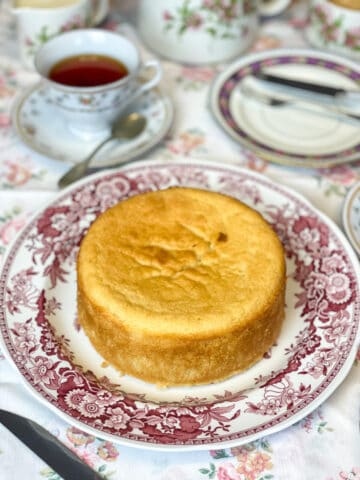
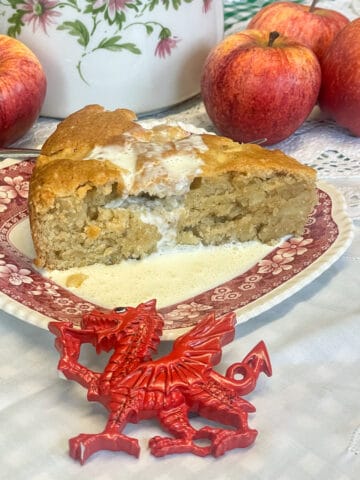
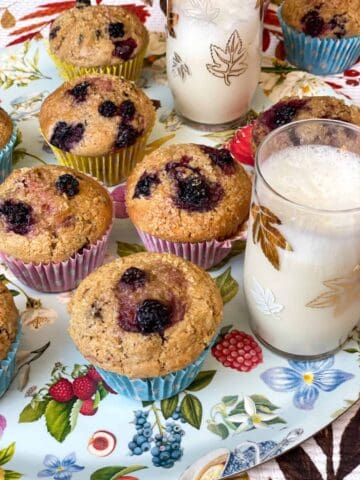
Leave a Reply